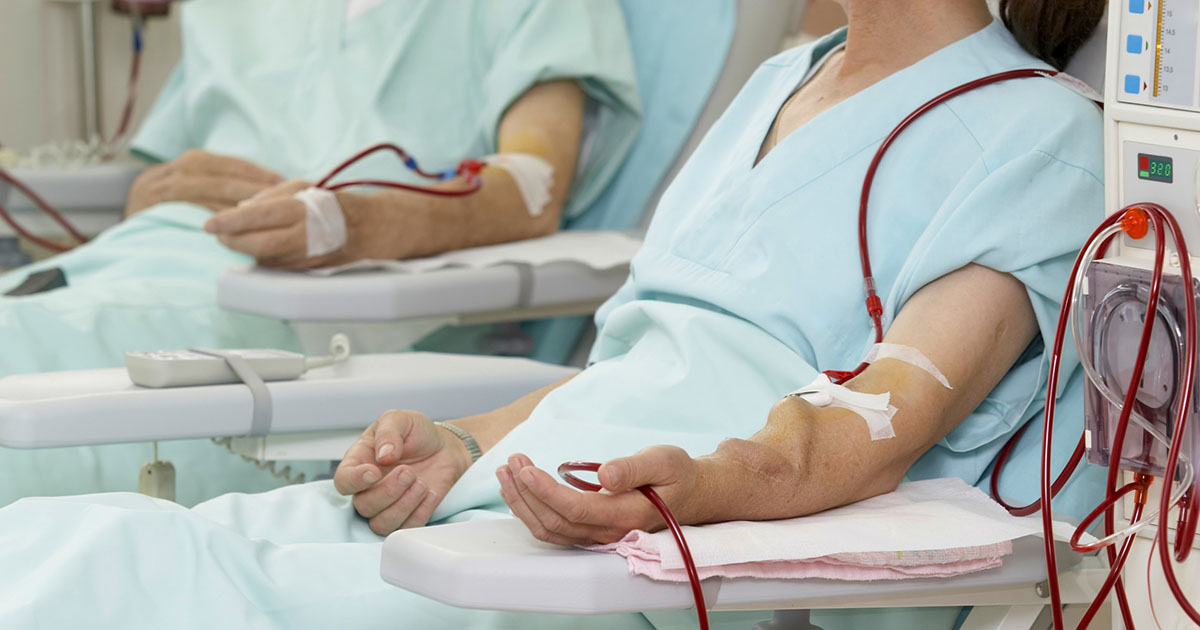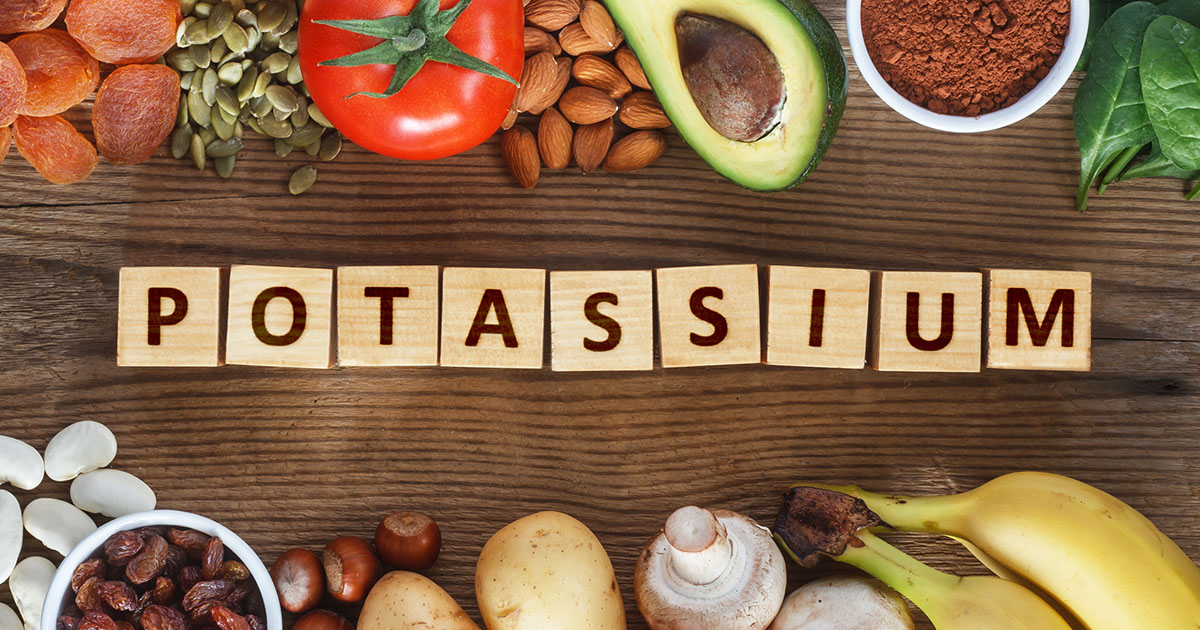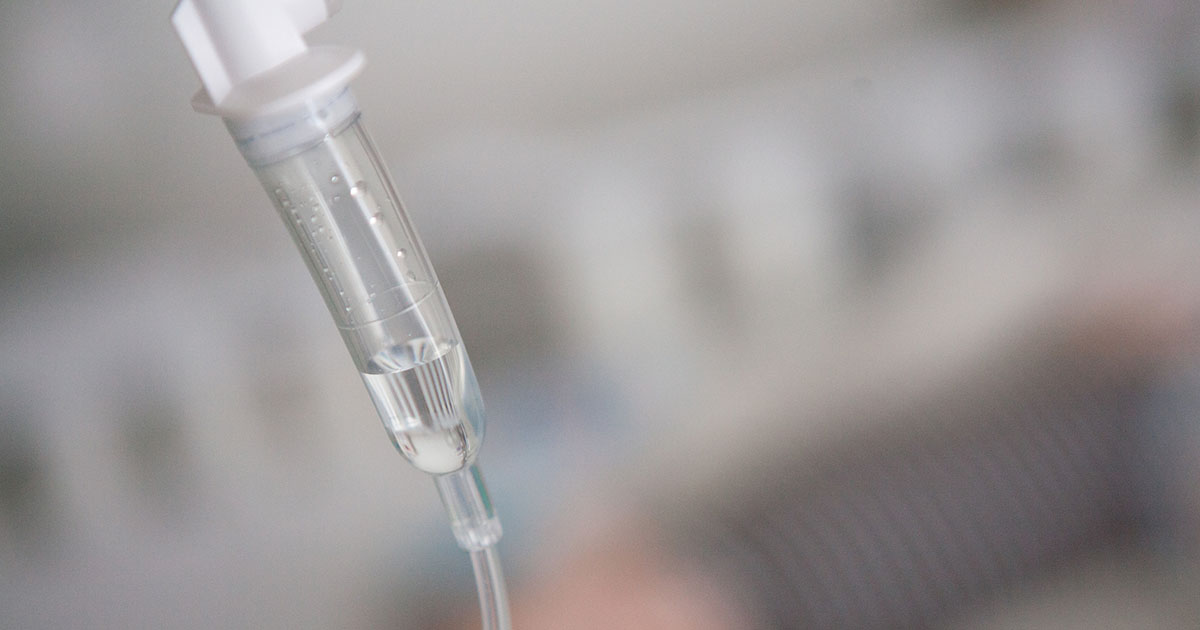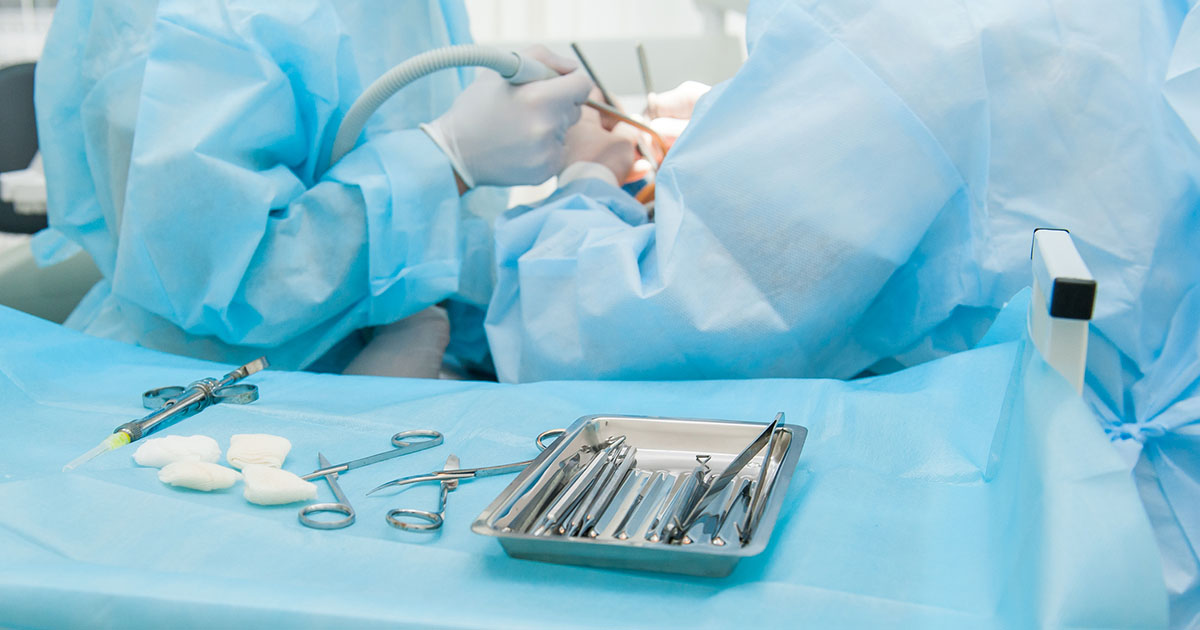Treatment Options For Acute Renal Failure
Acute renal failure, also known as acute kidney failure, is an illness that occurs when the kidneys begin to shut down and halt the process of removing waste from the bloodstream, which stems from a variety of causes. As suspected, acute renal failure requires a hospital visit, and during this visit healthcare professionals attempt various forms of treatment to get to the root cause of the acute renal failure, as treatment focuses on identifying the original cause of the damage to the kidneys.
A doctor will focus on the most effective treatments that not only avoid dangerous side-effects and complications but also develop a plan to allow the kidneys the time they need to heal properly. Learn more now about the various treatments available for patients coping with acute kidney failure.
Dealing With Dialysis

The process of dialysis is specifically used to take waste and toxins out of the blood by using a man-made device to filter the blood. How this process works is that a medical professional will provide all the necessary pretreatment to hook the patient up to a machine called a dialyzer, which is a type of artificial kidney. The dialyzer will pump blood from the body through a filter system, and then return the blood to the body with all the minerals and fluids it needs to keep it at a healthy level. For as long as the kidneys are considered unhealthy, a doctor may recommend completing the dialysis process more than once, or even on a daily basis.
Keep reading to learn about the other form of dialysis a patient may be subjected to based on the severity of their kidney failure.
Peritoneal Dialysis

The second type of dialysis, peritoneal dialysis, uses the lining of the abdominal cavity as the dialysis filter to remove excess waste and to balance electrolyte levels within the body. A surgeon will place a catheter in the abdominal cavity through the abdominal wall and is expected to remain there for an extensive period. The dialysis solution is dripped through the catheter and left in the abdominal cavity, where waste products from the blood attach themselves to the dialysis fluid to be drained out hours later. The majority of patients who have to undergo this type of treatment will often instill the dialysate fluid before bedtime, and drain the fluid-filled with waste in the morning. This treatment option is usually decided based on the severity of the patient’s illness and their past medical history, as both forms of dialysis are necessary to save a patient’s life.
Continue reading to find out another surprising treatment option available for patients experiencing acute renal failure.
Controlling Potassium

One of the dangers of having the kidneys shut down is they may not have been working properly for weeks before the actual initial finding and diagnosis by a medical professional. As a result, the kidneys may not be filtering potassium correctly. Potassium is an essential electrolyte for any healthy body, but too much potassium in the bloodstream can cause weakness in the muscles and dangerous irregular heartbeats, known as arrhythmias. Since potassium has a direct connection to how the nerves send and receive messages, an individual may also experience numbness or tingling in areas throughout their body. A doctor may ask the patient to take calcium, sodium polystyrene, or glucose based medications as an attempt to counteract the high potassium levels found in the bloodstream.
Next, discover how balancing calcium levels within the bloodstream can be beneficial for patients.
Restoring Calcium Levels In The Blood

Typically, ninety-nine percent of all calcium in the body can be found in the bones and teeth. However, half of all calcium found in the bloodstream is coupled together with proteins, as the kidneys play a vital role in using protein efficiently. One of the kidney's natural functions is to filter the right amount of calcium out of the urine and place it back into the bloodstream. If the body has too high or too low levels of calcium, the results could be muscle spasms, and the development of serious diseases or major organ damage, which can lead to other organs shutting down. A doctor may recommend an infusion of calcium into the body or for the patient to begin taking a daily calcium supplement to help balance the levels within the body.
Continue reading to find out how controlling fluid within the body can help a patient battle against kidney failure.
Fluid Control

A cause for kidney failure for some patients is not enough fluid present within the bloodstream, indicating the patient is overly dehydrated or chronically dehydrated, which can be seen when the urine is dark in color. Dark colored urine means the kidneys are retaining liquids to keep the body performing its normal and healthy functions. On the other hand, not having enough water in the body or having too much fluid in the bloodstream indicates that the kidneys can simply not match the demand and will not be able to effectively filter fluids present in the body. Signs of having too much fluids in the body can be seen in the swelling of the arms and legs. Depending on which issue the patient is dealing with, a physician could administer intravenous (IV) fluids to replenish low fluid levels or recommend prescriptions, such as diuretics to remove the excess fluids from the body.
Keep reading to learn how a healthy diet and properly managing it can be highly beneficial for an individual dealing with acute kidney failure.
Diet Control

To assist with the overall recovery, a doctor may recommend changes in a patient’s diet. The three most important areas a doctor will concentrate on are phosphorus, salt, and potassium. Once the kidneys fully recover, an individual may not need a special diet anymore and can return to normal eating habits. Expect to limit bananas, potatoes, oranges, spinach, and tomatoes to decrease potassium levels, fast food and other processed foods to control the consumption of salt, and milk, cheese, nuts and peanut butter, and dried beans to manage phosphorus levels. Patients need to be diligent with lowering the amount of phosphorus in their body, as too much can result in a weakening of the bones and cause skin irritation. While the kidneys are still considered unhealthy, the patient may also have to manage the amount of protein they ingest, especially if their body contains high levels calcium, as the kidneys are also responsible for filtering proteins within the body, and may not be able to filter it effectively.
Next, learn what foods a patient should eat the remain healthy and help the kidneys heal.
Foods That Affect The Kidneys

As previously mentioned, patients should avoid foods high in potassium, salt, and phosphorus. Healthy choices patients may opt for to help manage unhealthy levels of potassium are apples, cabbage, green beans, strawberries, and grapes, which all contain a low level of potassium. Foods low in salt individuals should consume include fresh fruits and vegetables and whole grain options. Patients should avoid anything processed or with added salt or sugar, such as frozen dinners, canned soups and vegetables, salty snacks, and processed meats and cheeses due to the high amounts of sodium found in them. Remember, fresh is key when avoiding unnatural salts!
Foods with a lower phosphorus content include almond milk, egg whites, white rice, pasta, or flour-based foods, fresh produce such as blueberries, apples, celery, pineapple, and radishes, and fresh or frozen red meats without breading or marinades. Having a diet lower in phosphorus can be difficult, as it is a mineral found in almost all foods. However, individuals can eat low-level phosphorus foods, such as unsalted crackers for example. Patients should consult their doctor or a dietician to learn what they can and cannot eat on a restricted diet based on their situation.
Keep reading to learn how this final treatment option can save a patient’s life and give them a fresh start to become healthy once again.
Kidney Transplant

If dialysis and other treatments do not improve kidney health, often a patient’s last resort will be to have a kidney transplant. If the patient is an appropriate candidate, medical professionals will contact an organ transplant center to arrange an evaluation and to ensure the patient is suitable for this option. Once this step is complete, the search for the right donor with the same blood type commences. In some cases, family members have compatible tissue and blood types, and if they are willing, can donate a kidney. If this option is not available, the patient will be placed on the organ transplant list.
Though it is an effective treatment, a kidney transplant does have some risks associated with it, such as the individual’s body rejecting the foreign organ. The possibility of rejection means patients will need to take anti-rejection medications to reduce the ability of the immune system to fight infection. With any operation, the risk of the patient developing an infection or bleeding out can occur. However, there is hope. A kidney transplant can provide a better quality of life compared to dialysis, and data indicates after one year, ninety-five percent of kidney transplants are still functioning, and after five years, eighty percent of those kidneys are still functioning normally. To learn more about the benefits of organ donation, check out Save A Life Today; Surprising Facts About Organ Donation.
For individuals living with acute renal failure, there is hope, as there are many treatment and lifestyle options available that can improve their situation and hopefully allow them to return to a normal and healthy life!